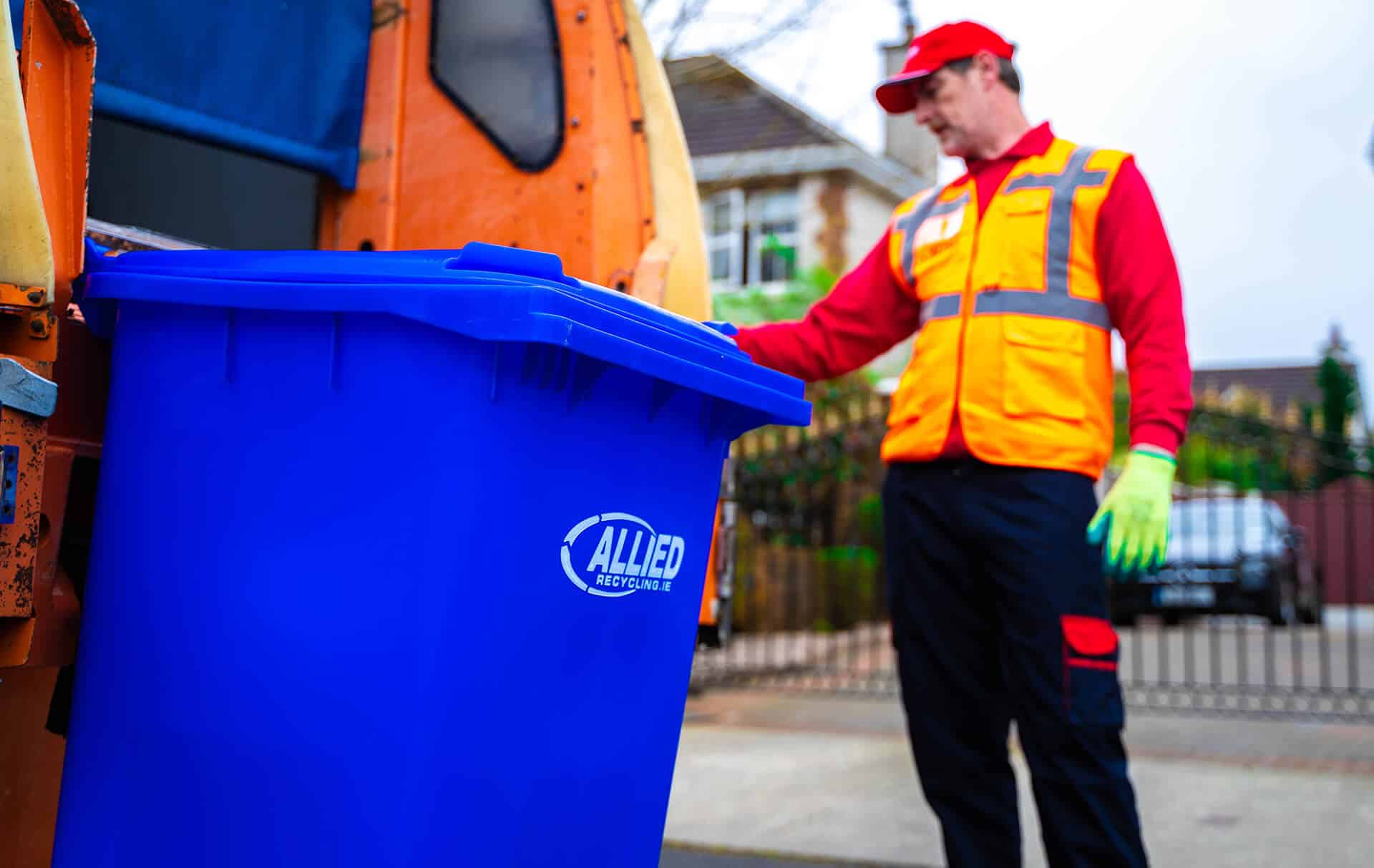It seems people are becoming more and more aware of the environment. Reusable products, turning off lights when not needed and even leaving the car at home and cycling to work instead are slowly becoming the norm. Although, the majority of people are unaware of clothes pollution and the massive tole it takes on our envirmonment! Believe it or not, fashion is the second most polluting industry, after oil, in the world. The fashion industry produces more than 100 Billion garments every year, and it is simply not sustainable for our planet to keep up.
Why is this? It is because of how they are made and what they are made of. Cotton is the biggest culprit as half of the clothes produced are made from it. Jeans are the most common item bought by the consumer with an average of 6-8 jeans per person. What is unknown to most consumers is that it takes a staggering 1,500 gallons of water to produce one pair of
It seems people are becoming more and more aware of the environment. Reusable products, turning off lights when not needed and even leaving the car at home and cycling to work instead are slowly becoming the norm. Although, the majority of people are unaware of clothes pollution and the massive tole it takes on our envirmonment! Believe it or not, fashion is the second most polluting industry, after oil, in the world. The fashion industry produces more than 100 Billion garments every year, and it is simply not sustainable for our planet to keep up.
Why is this? It is because of how they are made and what they are made of. Cotton is the biggest culprit as half of the clothes produced are made from it. Jeans are the most common item bought by the consumer with an average of 6-8 jeans per person. What is unknown to most consumers is that it takes a staggering 1,500 gallons of water to produce one pair of jeans! Other major industries (oil, agriculture etc) are been hit with taxes and measures as a means to reduce their carbon footprint and encourage alternative methods, and yet this is not even mainstream news. The water consumed to grow cotton has wiped out lakes,rivers and even an ocean in the middle east that once supplied surrounding towns and villages. This is not the only issue involved in the fast fashion industry, the factories in which the clothes are made are incredibly harsh on the environment. The dyes used are disposed of into the waterways and into the air. With cheap labour, the vast majorty of clothes are made in third world and developing countries such as Indonesia and China. Families that live and depend on these waterways are left to use these toxic waters as their main source of cooking, drinking and washing. Companies such as H&M, Primark, Gap etc. are clearly not regulated enough. It seems any factory that chooses to abide by the work ethically are cast aside,as it drives up the price of production.
Again, there is another major reason why clothes consumption is devastating to our planet. In the UK alone, 300.000 tonnes of clothing was thrown out and sent to landfill in 2016. Around £25 million pounds just thrown away. Ireland is more than likely following suit. Clothes are cheaper and easily purchased now more than ever, within two clicks on a website you can have your new outfit sent out, worn for one night and tossed to the side never to be seen again. Since the introduction of polyester and synthetic clothing, they are taking up nearly 9% of landfill. Other materials used vary…
• Cotton glove: 3 months
• Wool: 1 to 5 years
• Leather shoes: 25 to 40 years
• Nylon: 30 to 40 years
• Rubber boot sole: 50 to 80 years
REF: http://blog.cariloha.com/long-will-clothes-live-landfill/
Even at home, we are polluting our waterways unbeknownst. With the majority of our clothes been made from synthetic materials, everytime we wash our clothes, tiny plastic microfibres are being released and sent to our waterways. These microfibers then travel to your local wastewater treatment plant, where up to 40% of them enter rivers, lakes and oceans. Which inturn, end up in our systems through the food chain.
It is incredibly overwhelming thinking about what we, the consumer, are doing to our environment. I for one,blame lack of information, it is a mystery as to why we are not being made aware of the destruction we are causing because of our clothing addictions. I honestly think this can be tackled and hopefully reduced.
1. Slow Fashion – is the movement of designing, creating, and buying garments for quality and longevity. It encourages slower production schedules, fair wages, lower carbon footprints, and (ideally) zero waste. https://slowfactory.com/blogs/news/9032951-the-slow-fashion-movement
2. Shop from Thrift and Charity Shops, Online webistes like, like Depop or Ebay. There is a world of clothes untouched and barely worn to be bought for half the price.
3. Don’t dump your clothes – Swap/Sell/Donate .What might seem outdated and not worth trying on could be somebody elses most wanted possesion. Organise swap meets with friends or colleages and you will be surpised what you might find.
4. Try avoid over washing clothes, a garment worn once or even tried on should not be thrown into the washing basket straight away. Inspect your clothes and think before throwing on your 20th wash of the week. If your clothes do need to be washed, a new product known as the Guppy Bag reduces abrasion and traps fibres from being released in to our water system. For more info on the Guppy Bag Click here
I believe these are steps that can be easily made to reduce our carbon foot print. Remember , information is key! So spread the word and make the change! For more info see the doc attached below.


